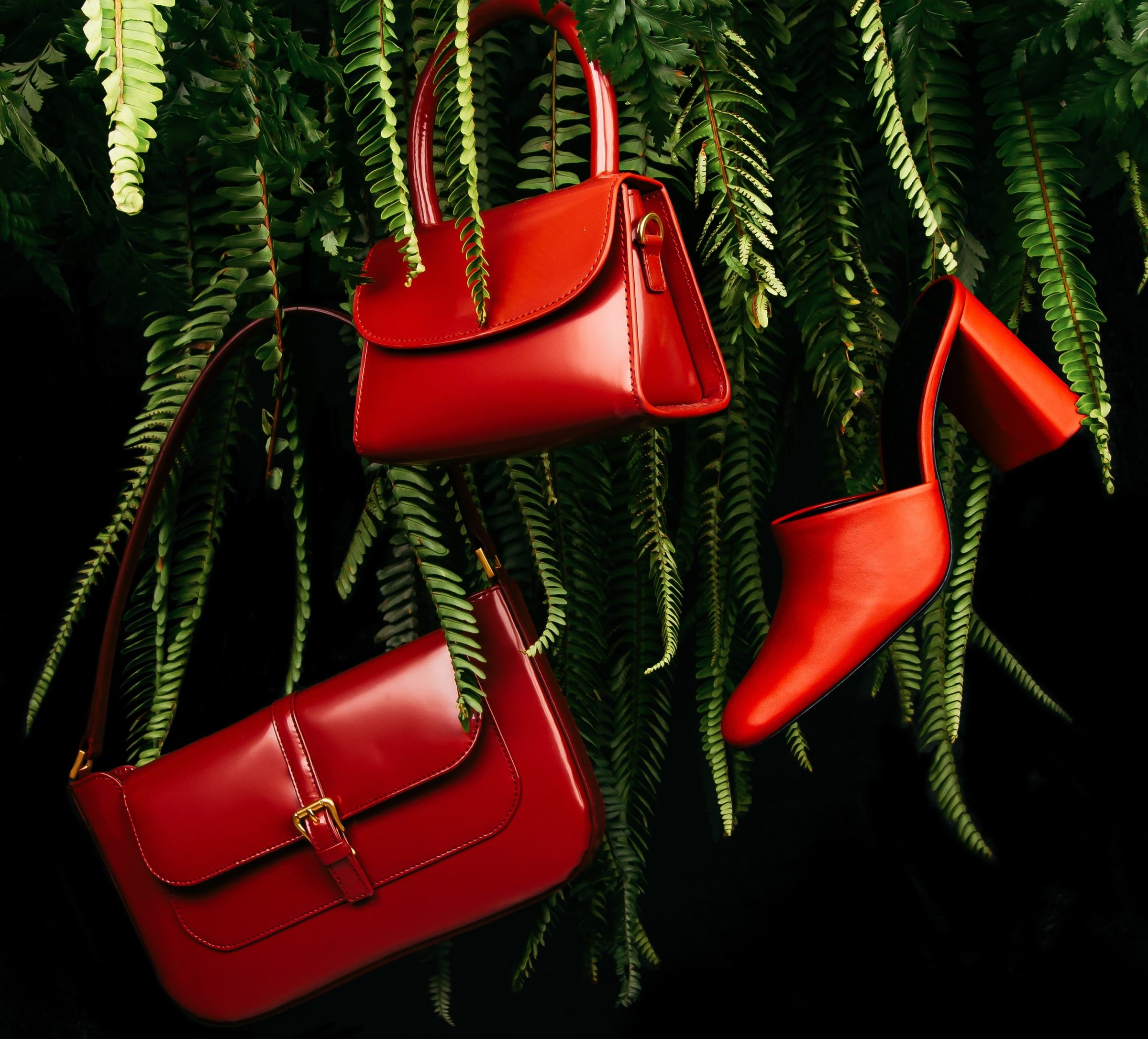
The Devil Wears Pre-worn Prada
20 May, 2022
High-end fashionistas have tended to be wary of the circular economy. Bidding wars online, rummaging through charity rails, that vintage aroma, and (heaven forbid) being seen as short of cash. But the world is changing, and luxury consumers are recognising that new doesn’t mean better.
According to a McKinsey report, luxury resale is worth an estimated $25-$30 billion globally, and will grow by over 10% in the next decade. In this industry the term ‘pre-owned’ is specifically used; moving away from notions of reduced quality from second-hand or pre-loved. The Times recently wrote about how luxe resale sites have proliferated, meeting their customers’ desire for a special shopping experience with “white glove” concierge services. Resale is even setting cat-walk trends, and boosting the reputation and desirability of brands such as Gucci.
This growth is leading to important gains for the planet. The luxe resale site The RealReal’s 25 million customers have helped save 24,152 metric tonnes of carbon and 1.19 billion litres of water.
The transformation of high-end fashion towards circularity shows how a sector can innovate and shift mindsets for sustainability. As asserted by the CEO of the platform Hardly Ever Worn It, Tatiana Wolter-Ferguson, “People are changing the way they engage with their clothes, fashion is becoming more like an asset class. The whole idea of ownership is very different; the concept of a ‘floating wardrobe’ is much more common.”
The whole sector is on the move, with reality show Love Island recently announcing it’s ditching a fast fashion sponsor in favour of Ebay. If fashion can help transform society’s perception of ‘new’, maybe we can achieve our planet’s need for more secondary sales than primary ones.
By Alice Railton
 Back to all friday 5
Back to all friday 5